How to program a typical disco drum beat
It's back to the 70s as we work up the original four-to-the-floor groove
In its 70s and 80s heyday, disco was maligned by many rock and pop musicians of the time as a brainless, technically simplistic genre designed solely to serve the self-indulgent, cocaine-fuelled club culture of big-city America.
Since then, however, the work of artists such as the Bee Gees, Chic and Georgio Moroder has been reassessed and accepted as musically accomplished and pioneering, and its influence on modern dance music styles - particularly house in all its many forms - is obvious. It follows, then, that the construction of classic disco drum beats is something that every electronic producer should have a handle on.
The drums in disco were indeed pretty simple compared to those of other genres, their primary purpose being to relentlessly stomp out the all-important four-to-the-floor kick and fill the space in between with the characteristic hiss of the offbeat open hi-hat.
In this tutorial, we’ll show you how to put just such a disco groove together. Any virtual drum kit should be up to the job, but ideally you’ll want it to be built on vintage drum samples and mixed to sound quite dry. It’s also vital that your instrument of choice supports choke groups, as we’re going to be using a lot of open hi-hats.
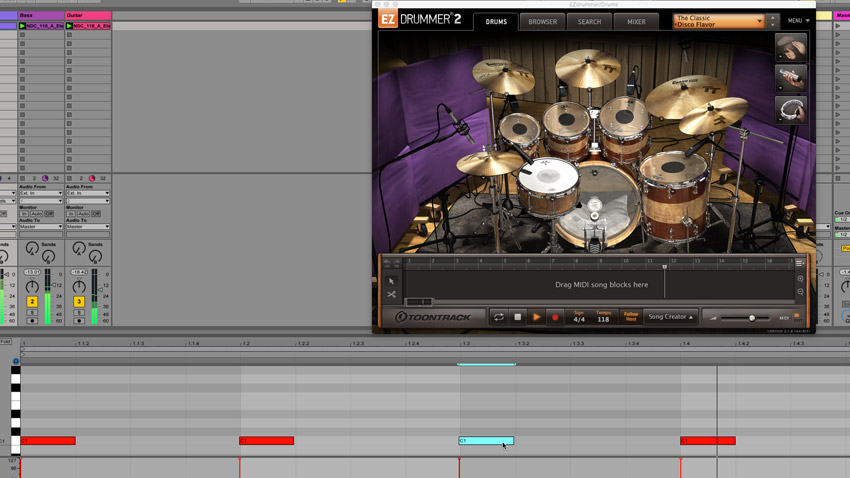
Step 1: First, let’s nail the beat down with a kick drum hit on every quarter-note of the bar. You can either record these into a click track or draw them into your DAW’s piano roll editor. If you go for the second option, move each hit very slightly off the grid for a touch of human imperfection.
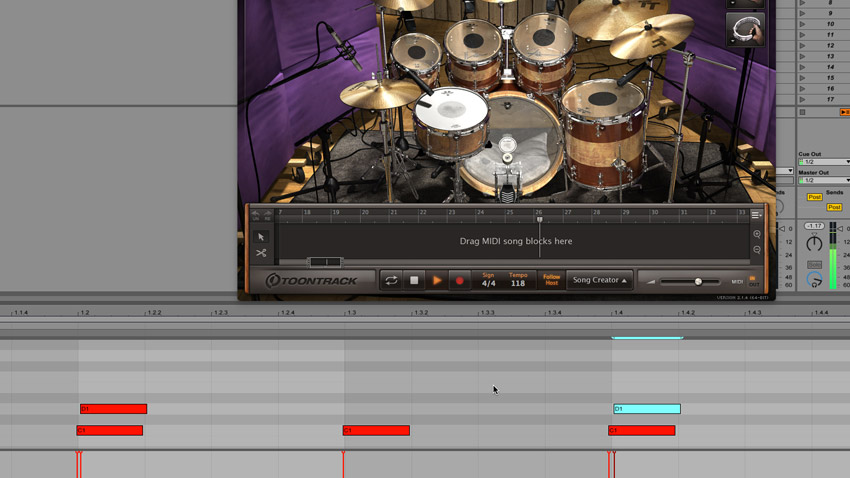
Step 2: Next, the snare drum, playing on beats 2 and 4 - the backbeat. Again, you can record or draw these in, but if you draw them, experiment with small offsets from the grid to humanise the groove. We've programmed ours to land a little bit late, giving a slightly lazy feel.
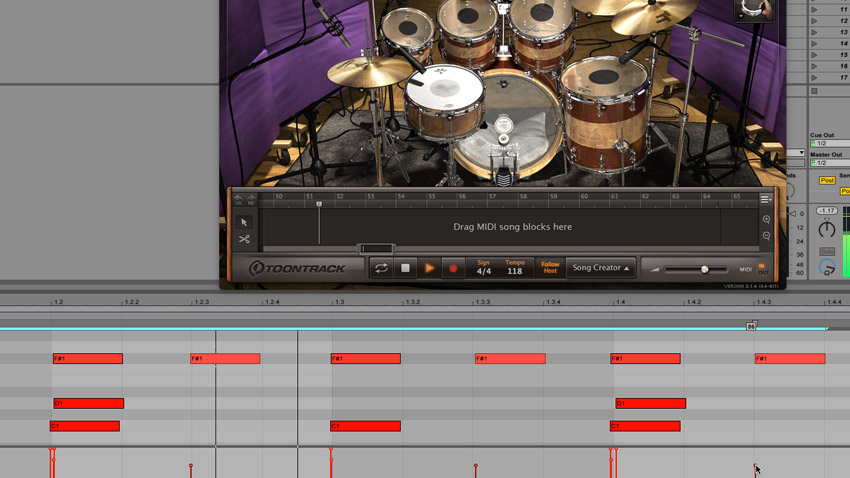
Step 3: The hi-hats are the most important ingredient in any disco beat, and there are several ways to approach them. The simplest is to lay out a series of eighth-note closed hats. With all the hits at the same velocity, it sounds totally unrealistic - lower the velocities of the offbeat hits to remedy this.
Get the MusicRadar Newsletter
Want all the hottest music and gear news, reviews, deals, features and more, direct to your inbox? Sign up here.
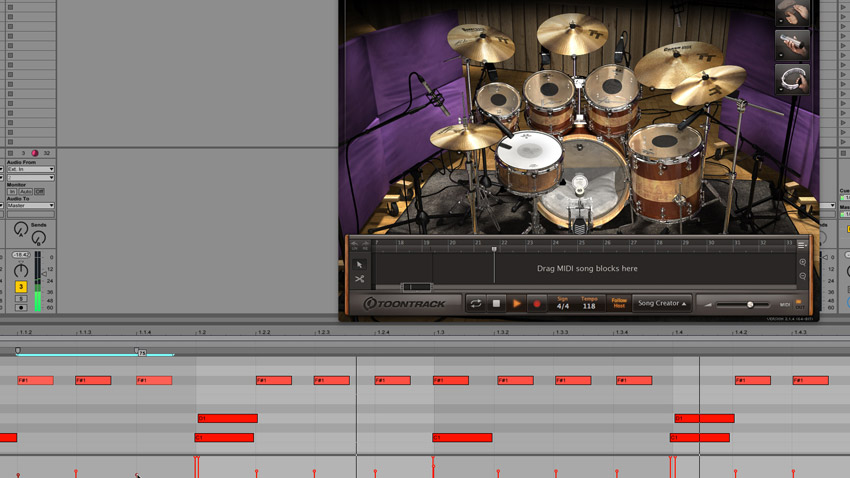
Step 4: Eighth-note hats can work well in disco, but really, double-handed 16th-note hi-hats are the hallmark of the genre. Copy the offbeat hits a 16th-note to the left and right, then remove those that coincide with the snare, as two hands are required. Vary the velocities to subtly emphasise the stronger right hand.
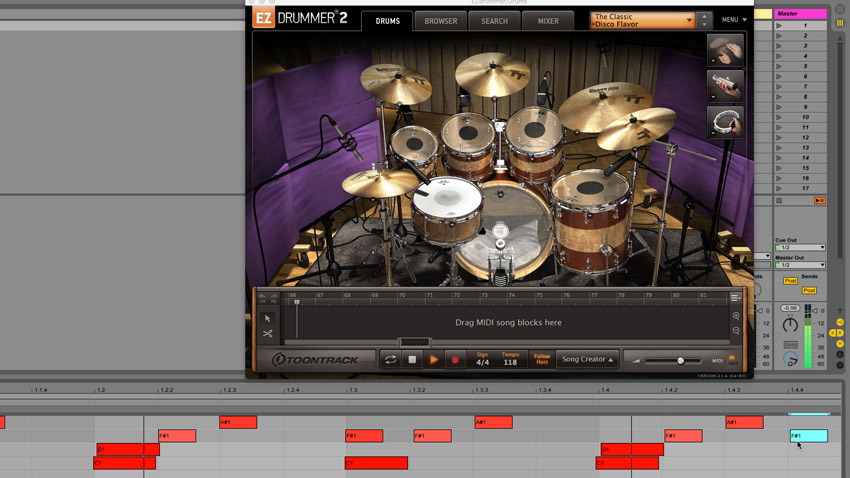
Step 5: There’s one more thing we need to fully disco-fy our beat: the essential offbeat open hi-hats. Programming these is as easy as dragging all the offbeat closed hi-hats to an open hat articulation, and you can either keep them short and choked, or remove the immediately following closed hats to stop them choking, for a longer sustain.
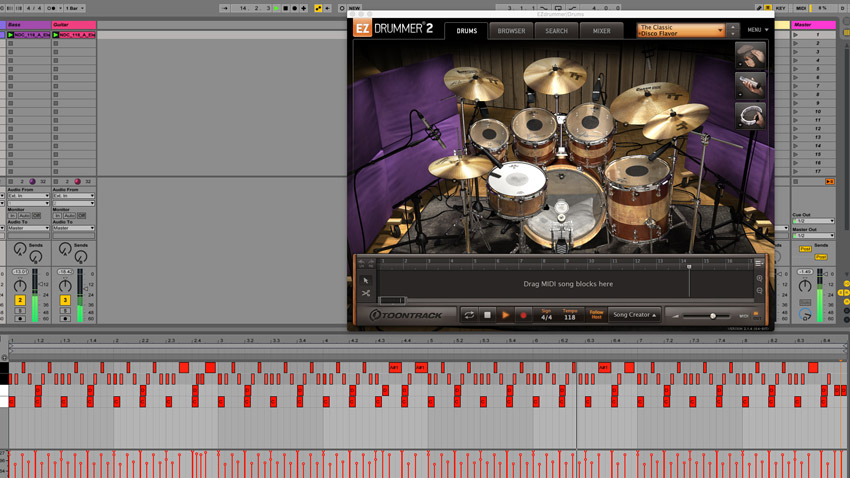
Step 6: Now to embellish the beat. It’s important to keep the groove rolling along at all times, though, so keep any fills short and tight. Here, we’ve extended the clip to eight bars long and thrown in a few incidental snares and hi-hat variations, remembering to remove any coinciding snare hits with the latter, of course.
Computer Music magazine is the world’s best selling publication dedicated solely to making great music with your Mac or PC computer. Each issue it brings its lucky readers the best in cutting-edge tutorials, need-to-know, expert software reviews and even all the tools you actually need to make great music today, courtesy of our legendary CM Plugin Suite.










